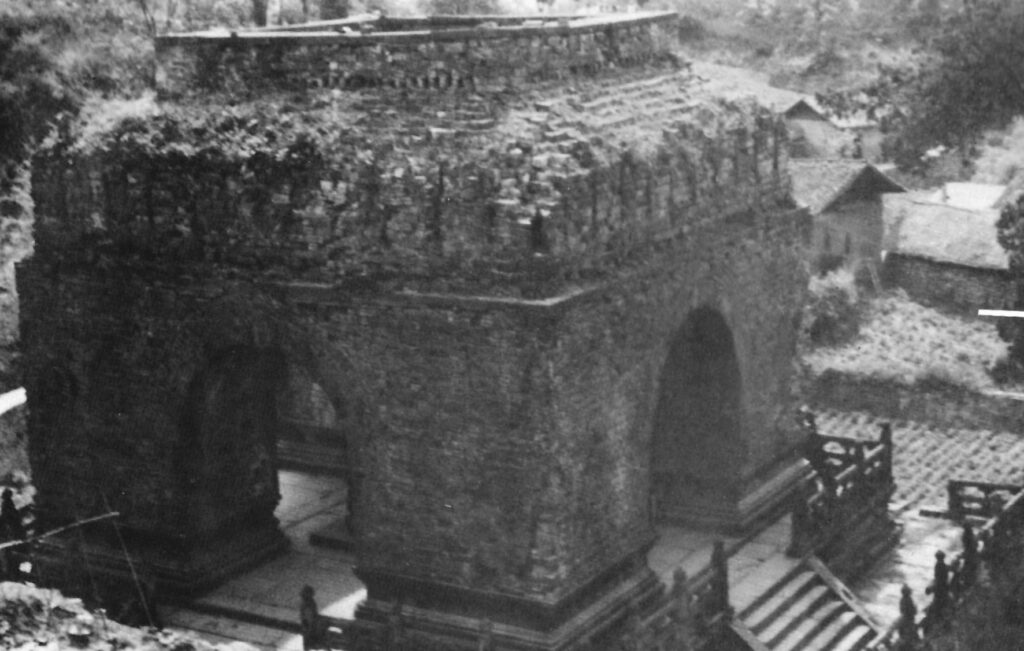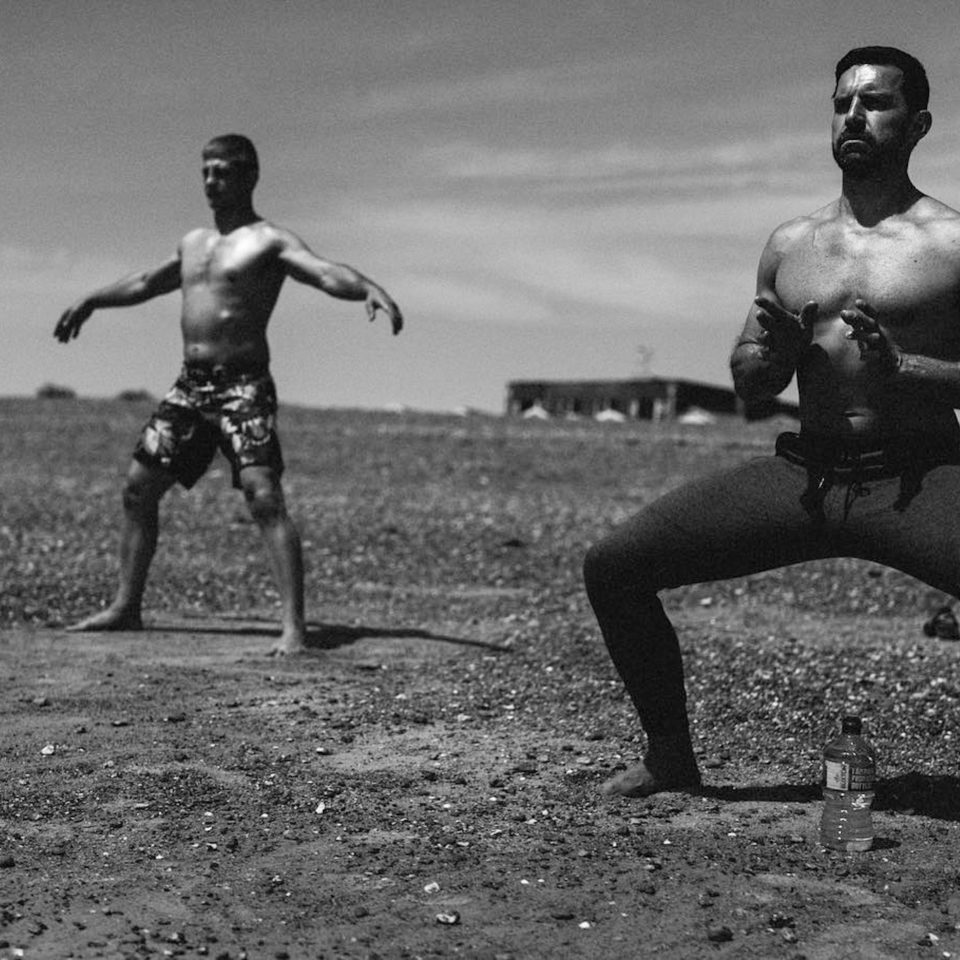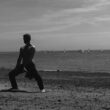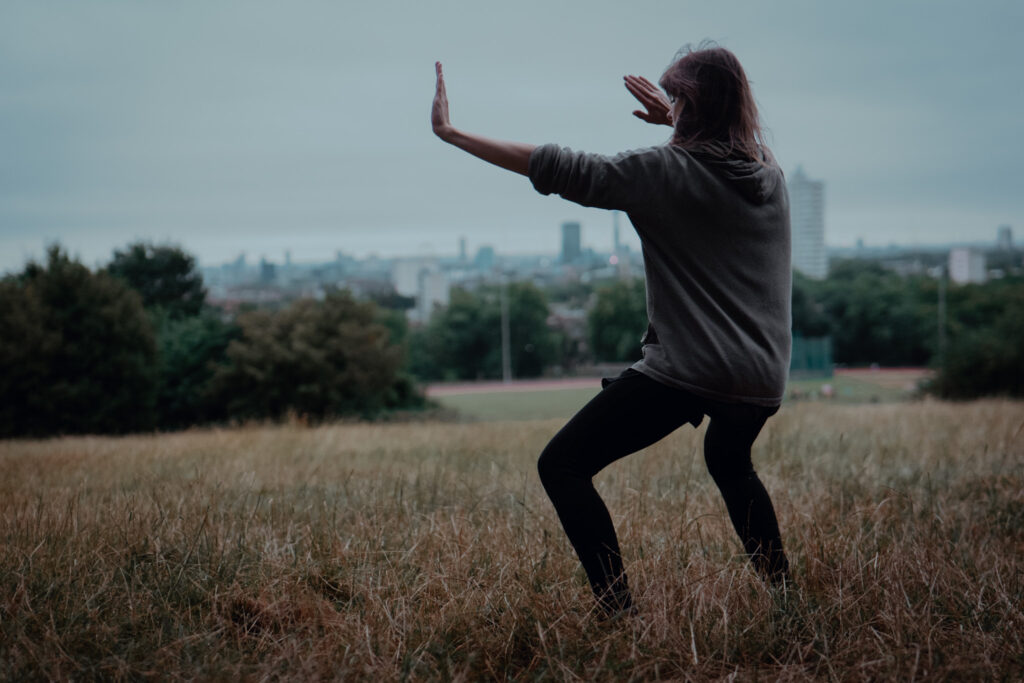Tai chi history is subject to many unknowns. In this lineage of tai chi the origins of the art come from various masters over the generations going back to the early Daoist recluses who lived on Wudang (Wutang) mountain.
The man who popularised that art was Yang Lu Chan. He had learned tai chi from a master in a remote clan village, known nowadays as the Chen village. He was introduced to the Manchu princess of Beijing and through various trials, matches and tests of skill became the chief instructor of the imperial guard. He became known as invincible Yang because of his skill in defeating various challengers.
Yang went on to teach not only the military but also the princes themselves. He had sons who also achieved high levels of skill and continued with teaching duties to the military.
From the next generation it appears that in most lineages the combat elements of the art were less and less emphasised or taught. This led to most tai chi systems become the slow callisthenics they are today.
One of the students of Yang Lu Chan was Wu Quan You, also a military officer in the imperial guard. He achieved a high level of martial skill and passed this on to his son Wu Chien Chuan. He in turn traveled and taught extensively, teaching what today is known as the Wu style. Some of his students received a good amount of martial content in their lessons.
One of his students was a business man called Cheng Wing Kwong. He achieved a good standard and began training his nephew Cheng Tin Hung, who subsequently assisted him in teaching duties during his teenage years. Cheng Tin Hung also received tuition in the martial application of the art from another master Qi Min Xuan, who had a lineage that came through a derivative branch via Yang Lu Chan.

He because well known as a willing street fighter who would test out the art in fights against any other style and then in open full contact competition – defeating the Taiwanese champion (and martial arts coach to the entire military). Over the years Cheng Tin Hung was able to train dozens of full contact champions using his approach to tai chi.
Two Scotsmen in the 70’s learned this unique and powerful method of tai chi during their time living in Hong Kong. The first was Ian Cameron, a talented martial artist with a boxing and judo background. He returned to Scotland and slowly began spreading his teachings. The other was Dan Docherty, another talented practitioner with a good background in karate. Dan spent 9 years training on Cheng Tin Hung’s rooftop gym and during this time also trained for some full contact competitions, winning the open weight title at the 1980 south East Asian international Kung fu championships. He won this competing two weight categories above his own. He then came to London and began teaching there and spread his approach throughout Europe.
I learned from Dan in the late 1980’s after training in praying mantis Kung fu for some time. In this era there was a very good standard of training and opportunities for those of us who wanted to compete in full contact tournaments as well as pushing hands wrestling matches. During this period I was fortunate to be able to compete nationally and internationally and due to the quality of training was able to win many national, European and International competitions. I began teaching students of my own in 1994 and had many talented students who went on to win many international and national titles in different combat sports. This is due to the quality of the training inherent in this system of tai chi and my emphasis on a practical and systematic approach to developing our skill in using the art.





